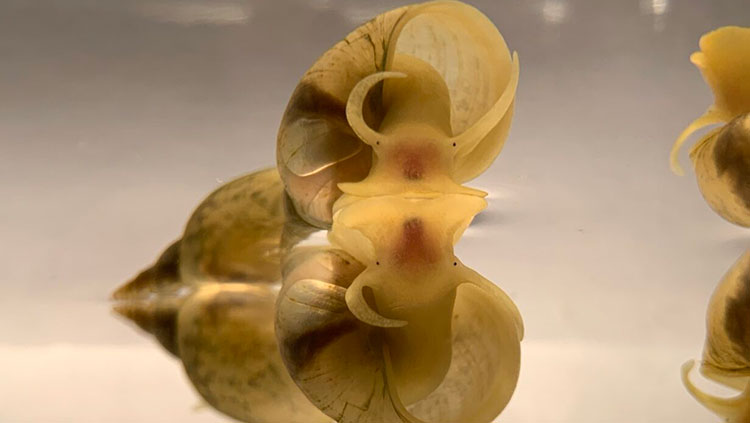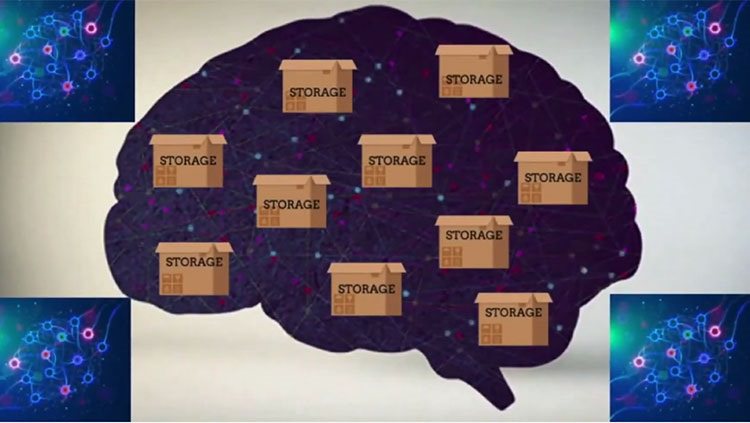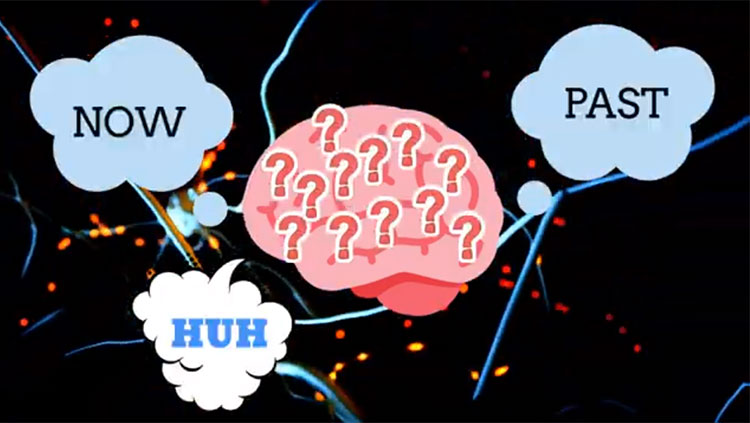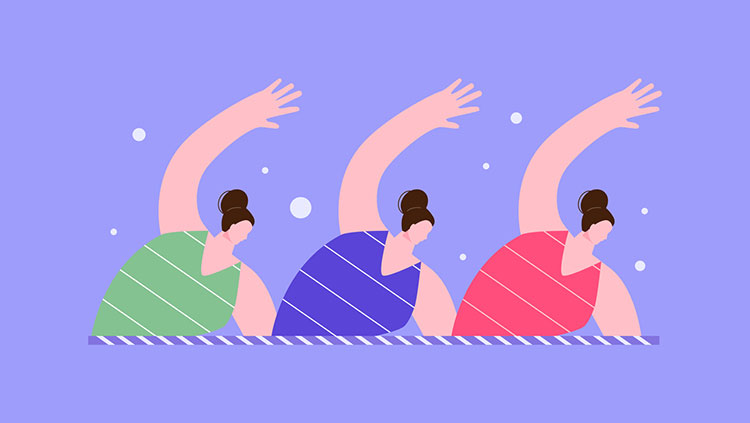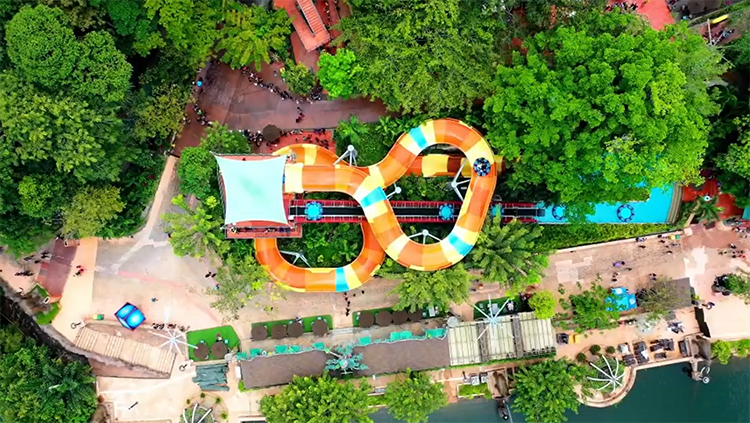When we are learning something new, neurons from different brain regions communicate with each other. With more exposure and practice over time, your brain creates stronger, more efficient communication between neurons.
This video is a 2023 Brain Awareness Video Contest submission.
Created by Julia Josephine Thelena Weening and Heleen de Lange.
CONTENT PROVIDED BY
BrainFacts/SfN
Transcript
Did you always think that learning was due to the addition of new cells in the brain? Then, you’re not the only one! Researchers found that approximately 82% of pre-service teachers thought the same or did not know how learning in the brain works.
While actually, this is not true, and this is what we call a neuromyth. In this video, we will therefore explain the real neuroscience behind learning.
Learning is due to the creation of new and mostly more efficient connections between brain areas. But how does this work exactly?
To understand how learning occurs in the brain, we need to start with the basics. Our brain consists of billions of neurons. These neurons have dendrites, which receive information, and an axon, which sends information. Neurons communicate with each other via electrical and chemical signals. Transmission within a neuron is electrical, and this is called an action potential. Transmission between neurons is chemical and occurs at tiny gaps called synapses.
Once an action potential reaches the presynaptic neuron, neurotransmitters are released in the synapse and received by the postsynaptic neuron. When we are learning something, neurons in different parts of the brain communicate with each other.
If two neurons frequently interact, they form a connection that allows them to transmit messages more easily and accurately. We will further explain this with a learning example and an analogy.
Let’s say you would like to learn to play the piano. When playing the piano, different brain areas are involved, such as the motor, auditory, and visual cortex. Before you start to learn how to play the piano, the pathways between these brain areas are still very weak, and playing the piano doesn’t sound really nice. [Piano plays basic notes]
At this stage, you can compare your brain to a forest without any trails. When you start practicing the piano, it feels very difficult, just like walking through a forest without a trail is difficult, because you have to push the vegetation out of the way to walk through.
However, the more you practice the piano, the stronger the connections between the involved neurons in the brain areas get, which leads to faster and more efficient signals. [Piano plays a simple melody]
Just like in the forest, the more you use the same trail, the easier the walk becomes. When you have not played the piano in a long time, the connections between the involved brain areas weaken, and so do your piano skills. [Piano plays basic notes]
As in the forest, when you stop using the trail, the vegetation grows back, and the trail slowly fades.
However, when you have mastered playing the piano, the connections between the neurons have become so strong, that it doesn’t matter that you haven’t played in a while. [Piano plays a complex melody]
Just like in the forest, if you have a strong trail, the vegetation is not able to grow back on again. Thus, when we learn something new, our brains do not produce new cells, but rather, the brain creates new — and mostly more efficient — connections between neurons in different areas of the brain.



